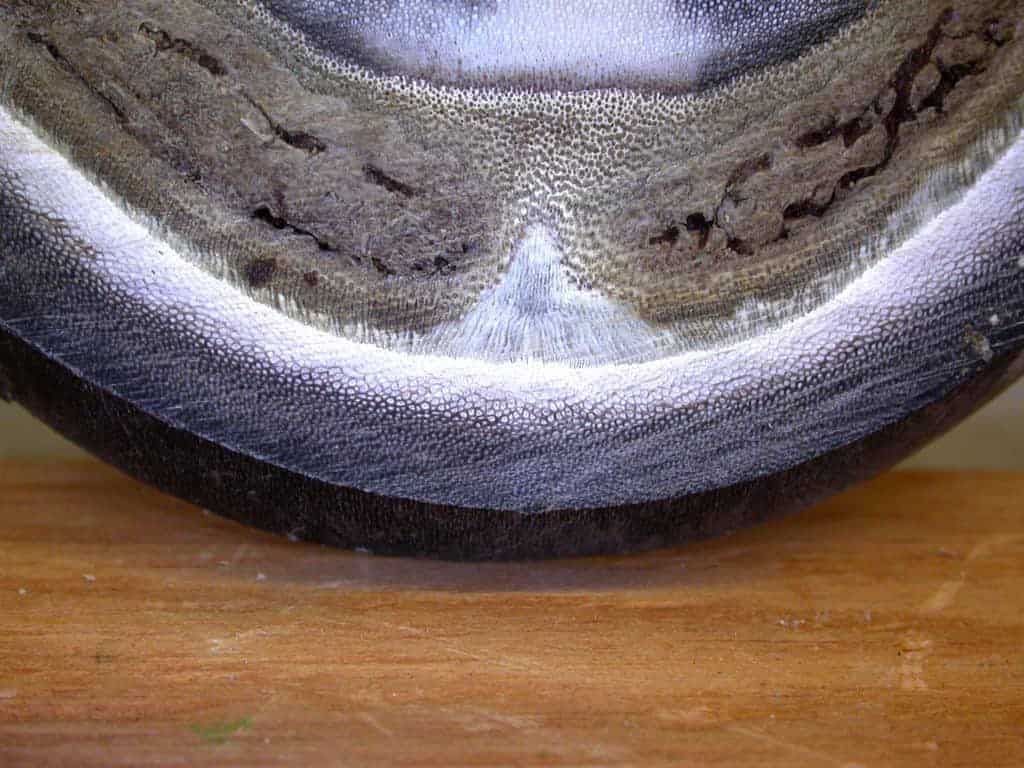
Support Strategies in Chronic Laminitis Cases
One veterinarian says designing a specific strategy that addresses all the needs of an affected foot is key.
Laminitis (commonly called “founder”) affects an estimated 7-14% of the world’s equine population. It’s the inflammation of the tiny, interwoven lamellae that attach a horse’s hoof to the underlying coffin bone (third phalanx, or P3) and support the horse’s entire body weight. Anything that impacts the integrity of the lamellae, such as inflammation, weakens their hold. This causes the coffin bone to displace within the hoof capsule and move toward the ground. The condition is very painful and is often life-threatening to horses.
The same disease has several different causes, which include:

One veterinarian says designing a specific strategy that addresses all the needs of an affected foot is key.

Three veterinarians discuss the challenges of properly diagnosing and treating/managing horses afflicted with equine Cushing’s disease, equine metabolic syndrome, and associated laminitis.

Prognoses for these cases are often poor, but foot casts might improve survival rates if applied early.

Hospitalized horses are at an increased risk for developing laminitis as a complication of injury or illness.

Farriers can help devise a hoof care plan to helps a performance horse return to work as soon as possible.
Veterinarians use the principles of evidence-based medicine when they diagnose patients.

Research is needed to determine if the toe crena could be used as a prognostic indicator for laminitic horses.

One researcher says accupuncture’s pain-relieving and anti-inflammatory effects can help laminitic horses.

Endocrinopathic laminitis might be more common in horses affected by endocrine disease than once believed.
Contrary to popular belief, feral horses are not exempt from developing laminitis.

According to one team of researchers, WSC reduction varies depending on how long the hay is submerged.
The first of multiple studies in the laminitis research campaign is already under way at Texas A&M.

Corticosteroids’ benefits (when used appropriately, in low doses) should outweigh the risks.

David Hood, DVM, PhD, discussed effective methods for pinpointing laminitis pain and NSAIDs to control it.

While related studies are scarce, some are reporting success using stem cells to treat chronic laminitis.

Cryotherapy is known to have anti-inflammatory and pain relieving effects, both of which help affected horses.
Stay on top of the most recent Horse Health news with
"*" indicates required fields